Solar-powered technology could be key to hitting Maryland’s EPA targets for 2050
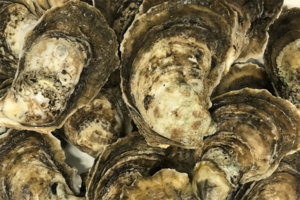
The Chesapeake Bay Foundation (CBF) and Solar Oysters, LLC have launched a new collaborative initiative to replenish the native oyster population in Baltimore Harbor. On October 21, 300,000 spat-on-shell oysters were loaded onto Solar Oysters’ new automated aquaculture platform in the harbor. The platform uses solar power to rotate large oyster cages filled with young oysters to clean the bivalves and help them grow over time.
“We are excited to showcase our Solar Oyster Production System, a new, innovative, automated oyster production technology powered by solar energy,” said Stephen Pattison, Solar Oysters’ business manager. “This technology could help reduce Maryland’s target nitrogen reduction shortfall (2009 to 2019), which the EPA [U.S. Environmental Protection Agency] has mandated that Maryland must advance by 2025 to remain on target.”
The oysters grown on the Solar Oysters platform will significantly increase the number of oysters CBF adds to the Fort Carroll oyster sanctuary, which is located just outside Baltimore Harbor. Once cultivated, CBF will add the oysters to sanctuary reefs to improve the Bay’s health and overall oyster population through work with the Chesapeake Oyster Alliance.
“The number of oysters we’ll be putting on the Solar Oyster platform is equal to the number of oysters we raise each year with volunteers in the harbor through our oyster gardening program,” said Doug Myers, CBF Maryland senior scientist. “This effectively doubles the number of oysters we can put on the sanctuary reef each year. Those oysters will enable the reef to filter more water and provide additional habitat to fish, crabs, and other marine life.”
Oysters are natural filter-feeders, and Pattison said this technology could help reduce nitrogen and other types of pollution that cause harmful algal blooms in the bay. The innovative approach was made possible through a $150,000 grant from The Abell Foundation.
“This project is very attractive to us as it addresses a number of challenges the City faces,” said Robert C. Embry, Jr., president of the Abell Foundation. “These include developing and piloting an innovative technology, support for the growth of a Baltimore-based company, and improving water quality in the harbor by cultivating oysters as filters.”
While benefiting Baltimore reefs, Pattison said that test results will be used to inform future work, as Solar Oysters plans to “expand to new sites and apply the technology to the oyster aquaculture industry.”
Follow the Advocate on Twitter @GSA_Advocate
Now that you've reached the end of the article ...
… please consider supporting GSA’s mission to advance responsible seafood practices through education, advocacy and third-party assurances. The Advocate aims to document the evolution of responsible seafood practices and share the expansive knowledge of our vast network of contributors.
By becoming a Global Seafood Alliance member, you’re ensuring that all of the pre-competitive work we do through member benefits, resources and events can continue. Individual membership costs just $50 a year.
Not a GSA member? Join us.
Author
-
Responsible Seafood Advocate
[103,114,111,46,100,111,111,102,97,101,115,108,97,98,111,108,103,64,114,111,116,105,100,101]
Tagged With
Related Posts
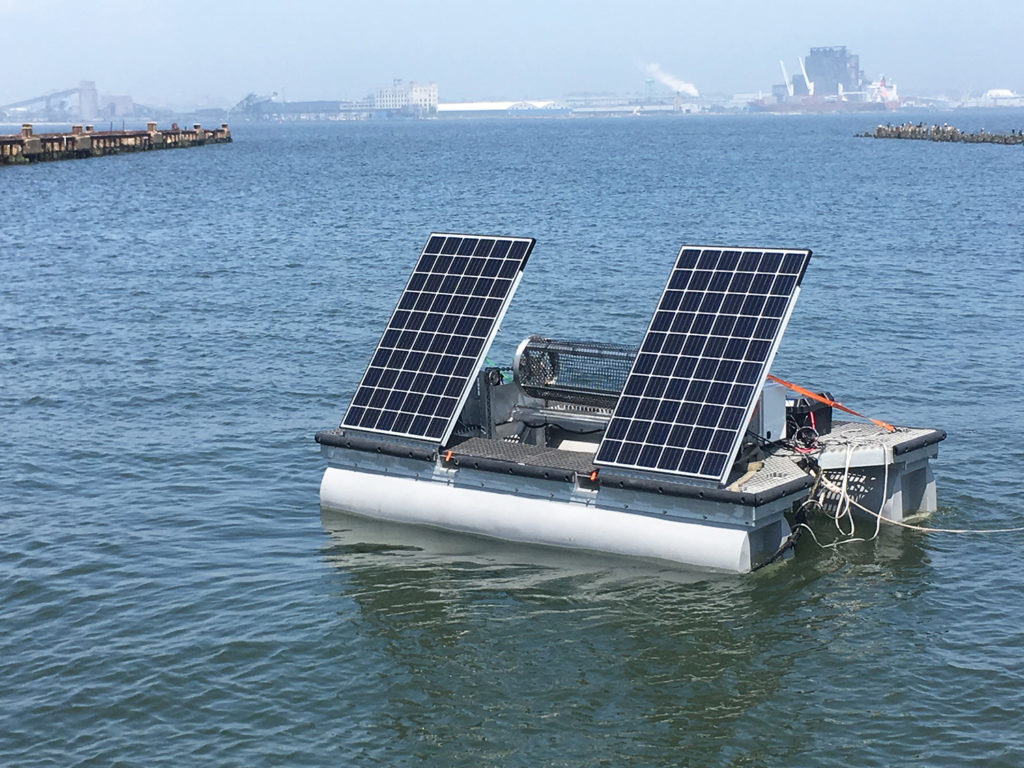
Responsibility
Here comes the sun: Oyster and algae growers harness solar power
A look at three aquaculture companies that are figuring out how to solve their production problems by using solar power in innovative ways.
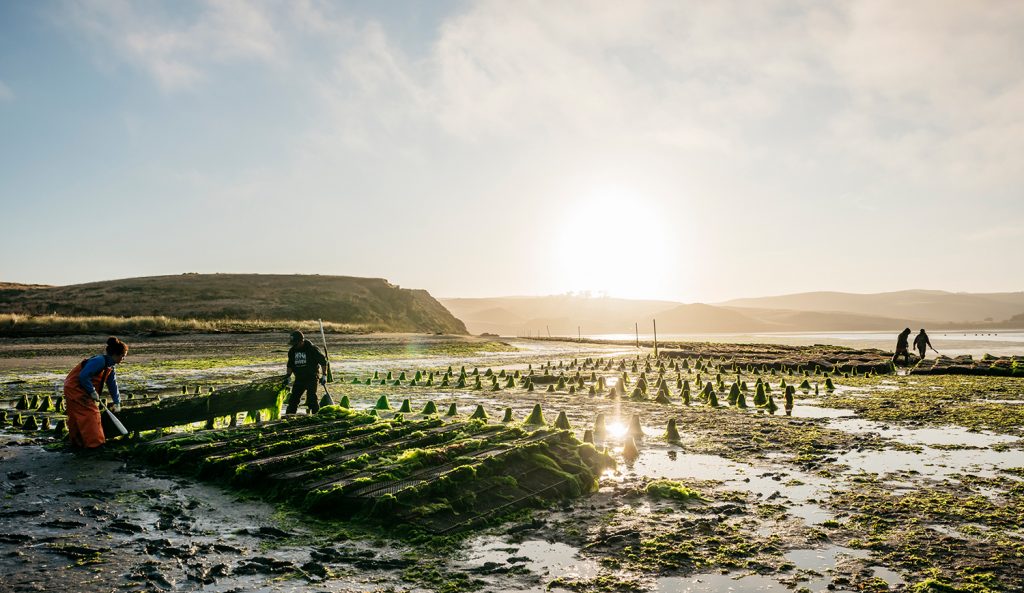
Intelligence
How a land-preservation easement saved a California oyster company
Hog Island Oyster Company got some last-minute help from Marin Agricultural Land Trust, the first-ever land-preservation easement for mariculture.
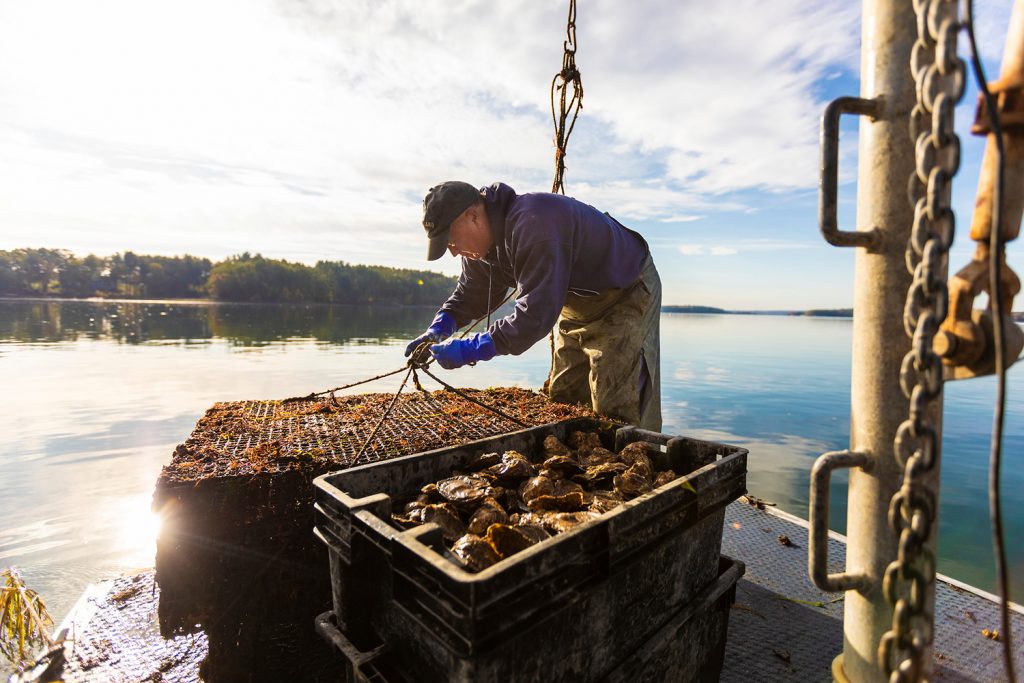
Responsibility
TNC: Restorative aquaculture can improve marine habitats, biodiversity
A report from The Nature Conservancy shows restorative or regenerative aquaculture can benefit ecosystems, marine animal habitats and biodiversity.
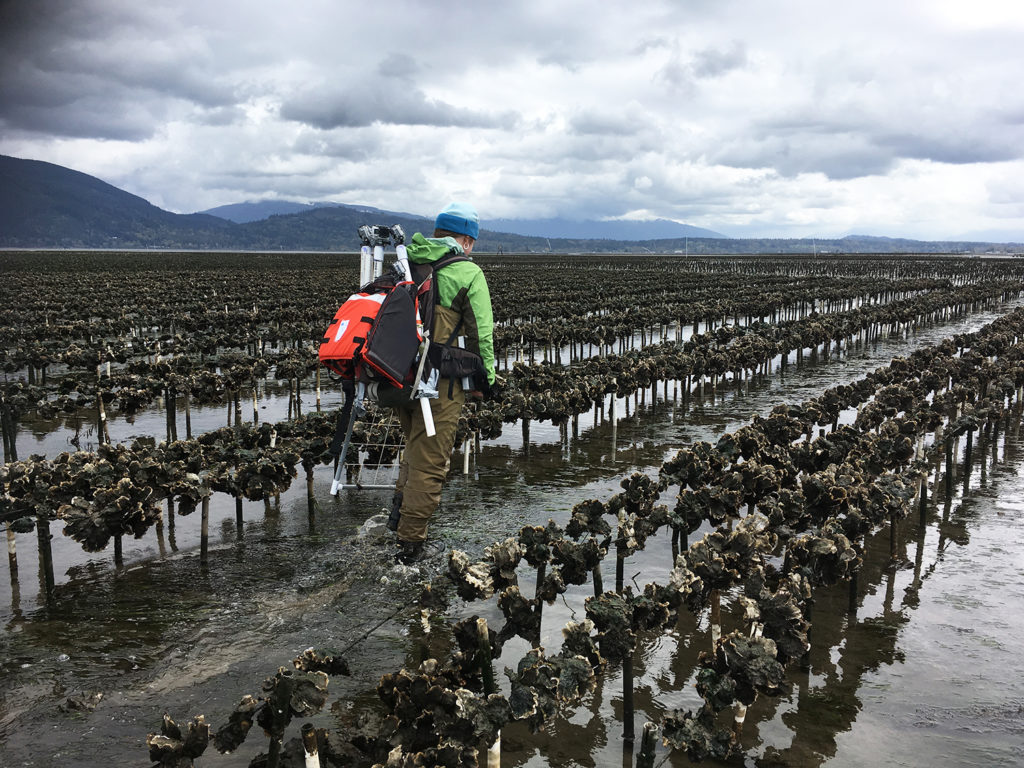
Responsibility
To protect sensitive habitat, oyster farms turn to high-tech tools
Drones and GoPro cameras are helping researchers, regulators and operators understand how shellfish farming interacts with sensitive habitats like eelgrass beds.


